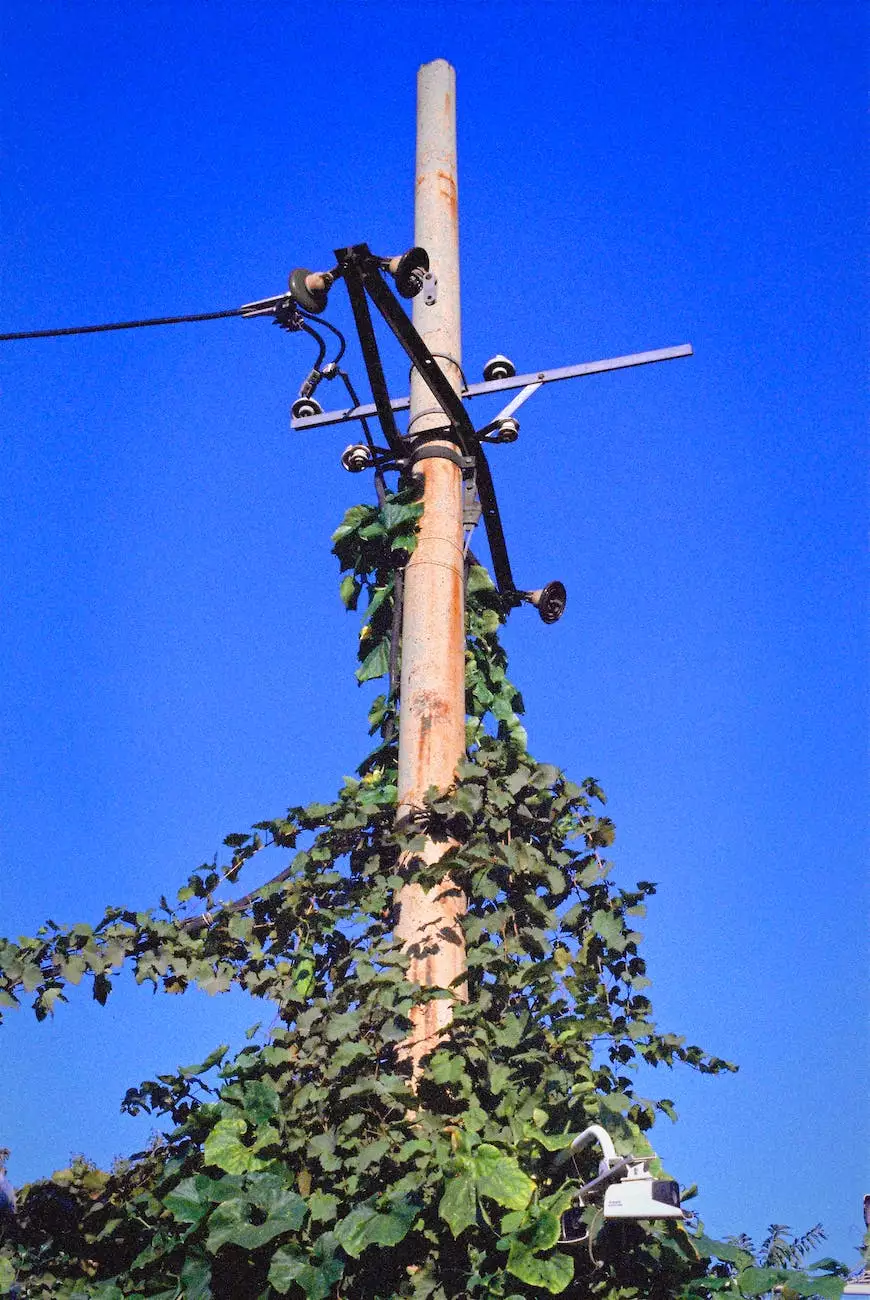Suctioning: Maintaining Respiratory Health

Introduction
Welcome to the Suctioning page of Foley James D MD's website. Here, we will guide you through everything you need to know about the suctioning procedure, its benefits, and how it is performed. With our extensive knowledge and expertise in respiratory health, we strive to provide you with the most accurate and informative content.
What is Suctioning?
Suctioning is a medical procedure performed to remove excessive secretions, mucus, or foreign substances from a patient's airway. It is commonly used in cases where the body's natural defenses, such as coughing or sneezing, are insufficient in clearing the airway. Suctioning aids in maintaining respiratory health, preventing complications, and facilitating efficient breathing.
The Importance of Suctioning
Suctioning plays a vital role in maintaining the respiratory health of patients, particularly those who have difficulty clearing their airways independently. Conditions such as bronchitis, pneumonia, cystic fibrosis, or neurological disorders can lead to excessive mucus production, making it difficult to breathe. Through the suctioning procedure, the accumulated secretions are effectively removed, promoting clearer airways and ensuring adequate oxygenation.
Suctioning is especially crucial for individuals with compromised lung function, such as patients on mechanical ventilation or those with tracheostomy tubes. These individuals may require regular suctioning to prevent blockages and to facilitate optimal respiratory function, preventing respiratory distress and potential infections.
How is Suctioning Performed?
The suctioning procedure is typically performed by healthcare professionals with expertise in respiratory care. It involves the use of a suction catheter or tube, connected to a suctioning device, which allows for the effective removal of secretions from the patient's airway.
Prior to suctioning, a thorough assessment of the patient's respiratory status is conducted. The healthcare provider ensures the patient is in a comfortable and stable position, minimizing any potential discomfort or complications. Sterile techniques are employed to reduce the risk of infection.
The suction catheter is carefully inserted into the patient's airway, either through the nose or mouth, until it reaches the desired depth. The healthcare professional applies intermittent suction as the catheter is slowly withdrawn, effectively removing the accumulated secretions. This process is repeated as necessary until the airway is clear and the patient's breathing improves.
Benefits of Suctioning
The benefits of suctioning are numerous, providing relief and improved respiratory function for patients experiencing difficulties in clearing their airways. Some of the key advantages include:
- Improved Breathing: Suctioning helps clear the airway, allowing for easier and more efficient breathing.
- Prevention of Infections: By removing excessive secretions, suctioning reduces the risk of respiratory infections, such as pneumonia, which can occur due to the buildup of mucus.
- Enhanced Oxygenation: Clearing the airway through suctioning ensures optimal oxygenation, improving overall respiratory health and preventing complications.
- Comfort and Relief: Patients experience immediate relief from breathing difficulties, promoting a better quality of life and enhanced comfort.
Conclusion
Suctioning is a crucial medical procedure that plays a significant role in maintaining respiratory health. By removing excessive secretions, mucus, or foreign substances from the airway, suctioning facilitates efficient breathing, prevents complications, and enhances overall respiratory function. At Foley James D MD, we are dedicated to providing you with the knowledge and understanding necessary to take control of your respiratory health. For more information or to schedule an appointment, please contact us today.










